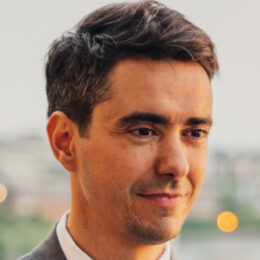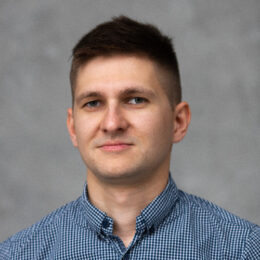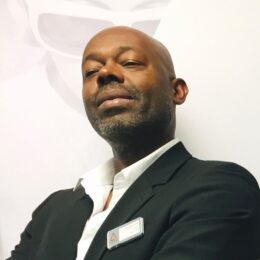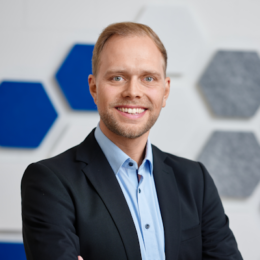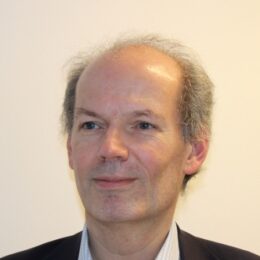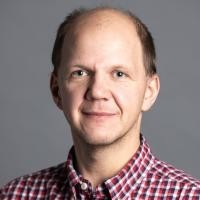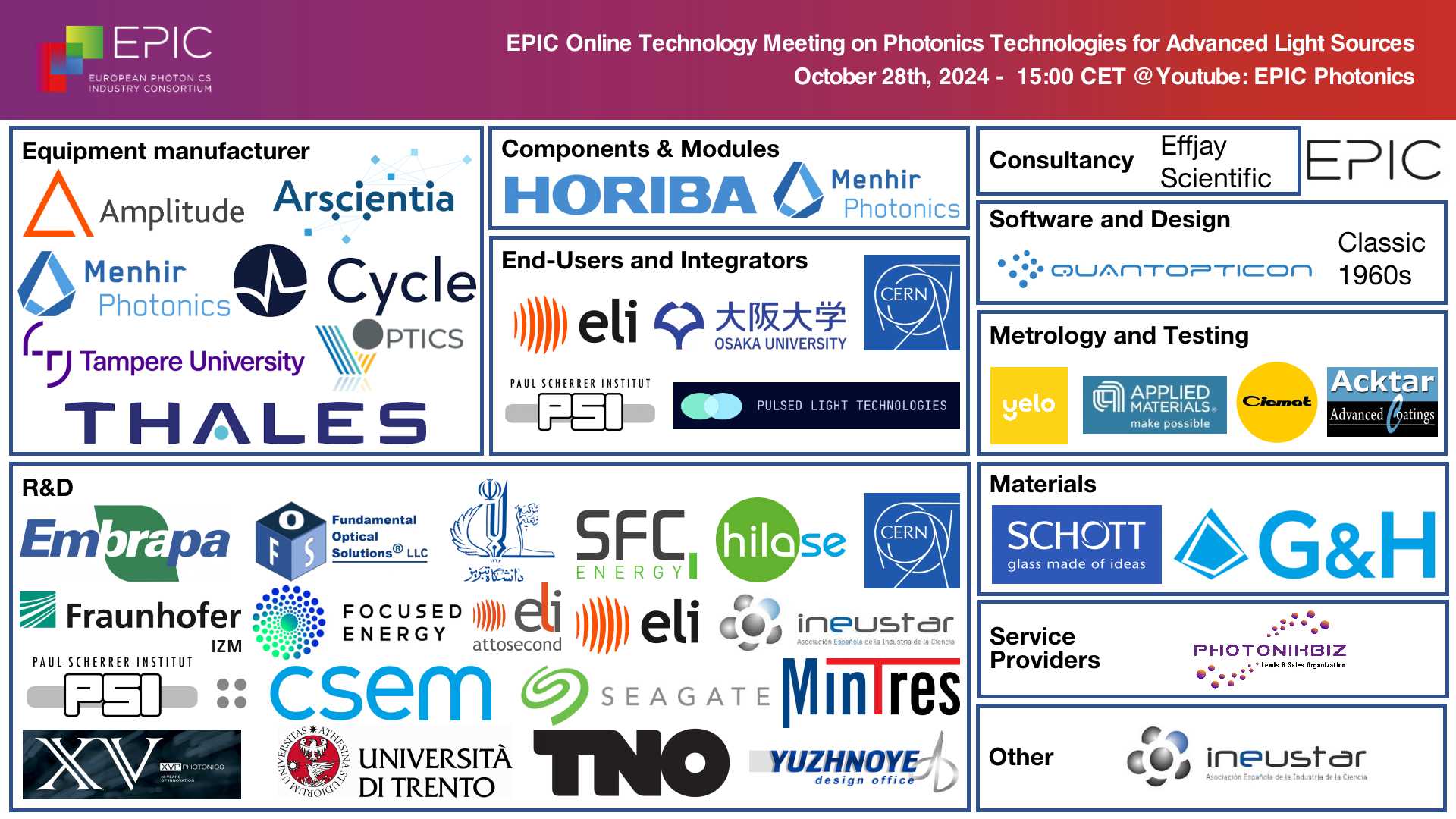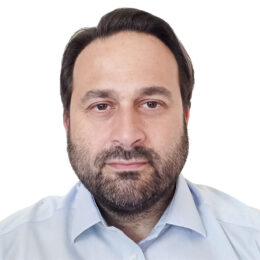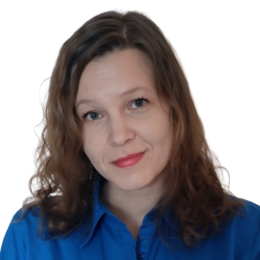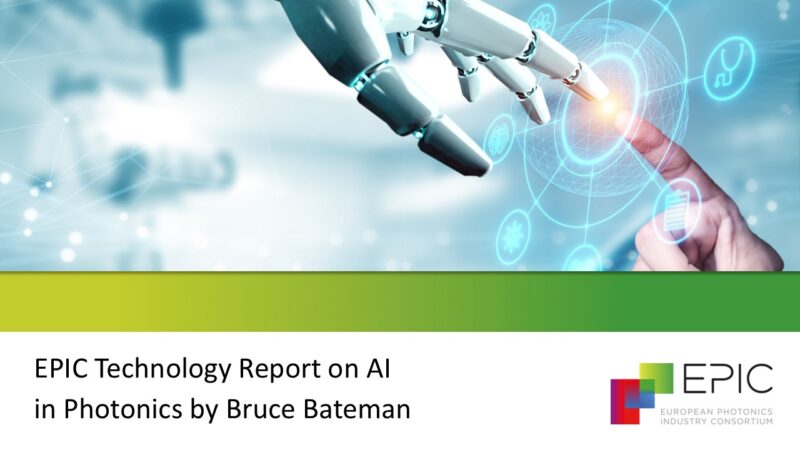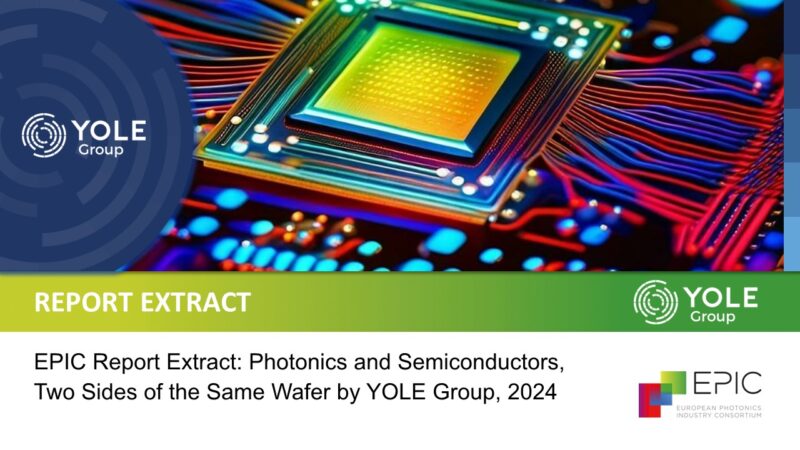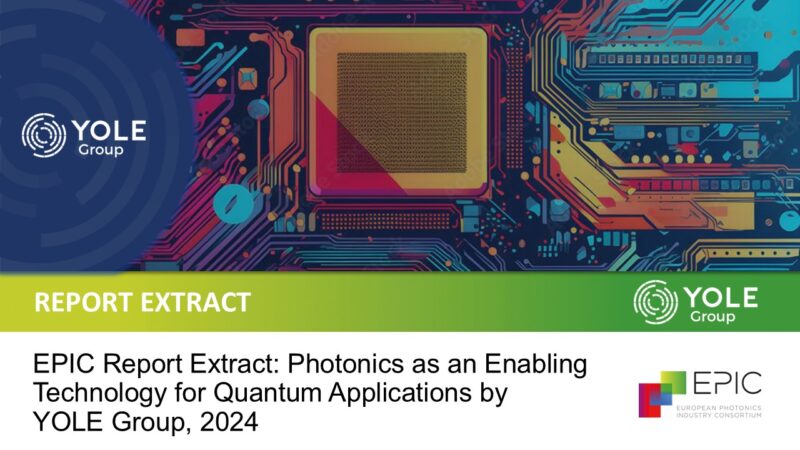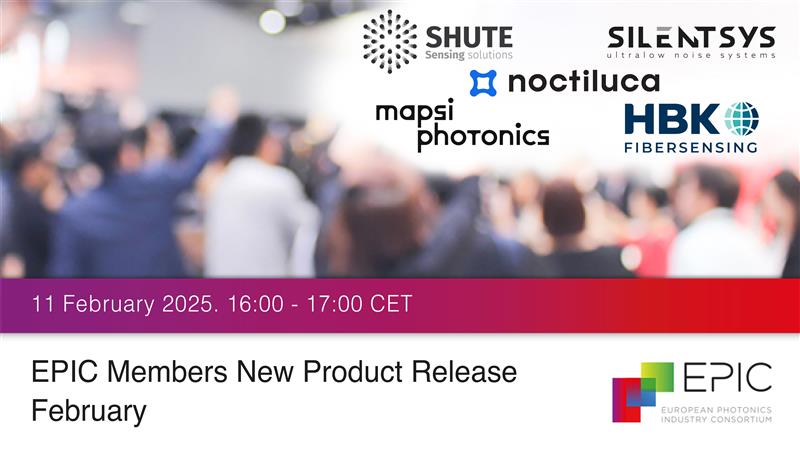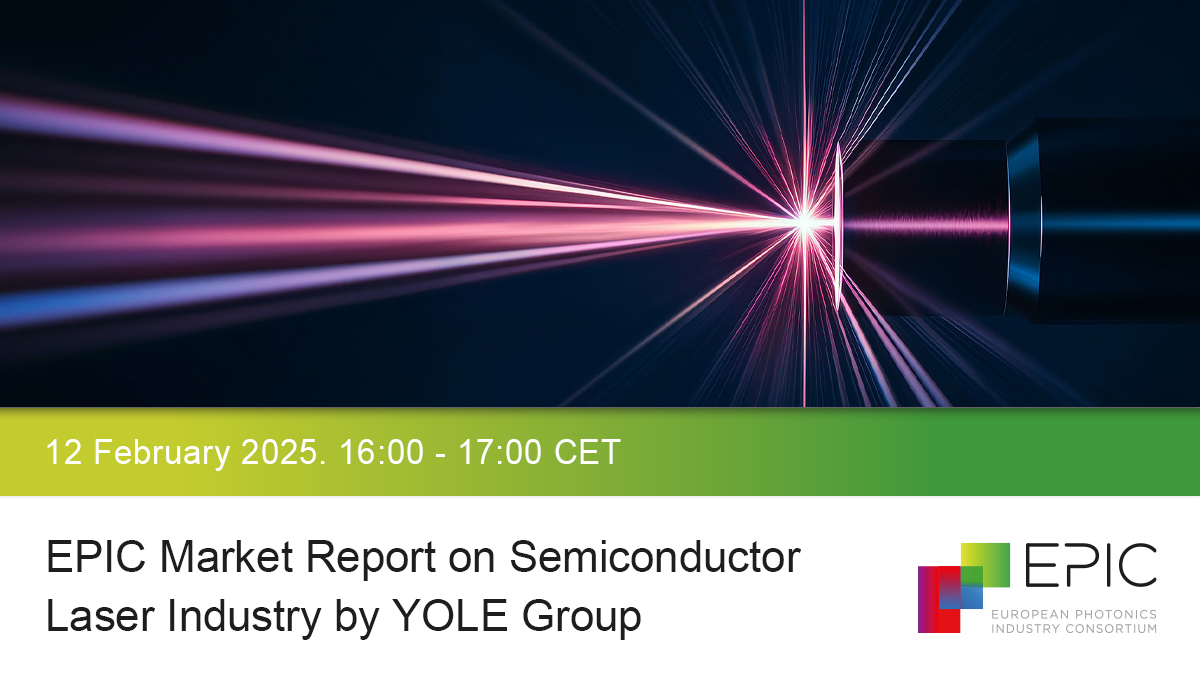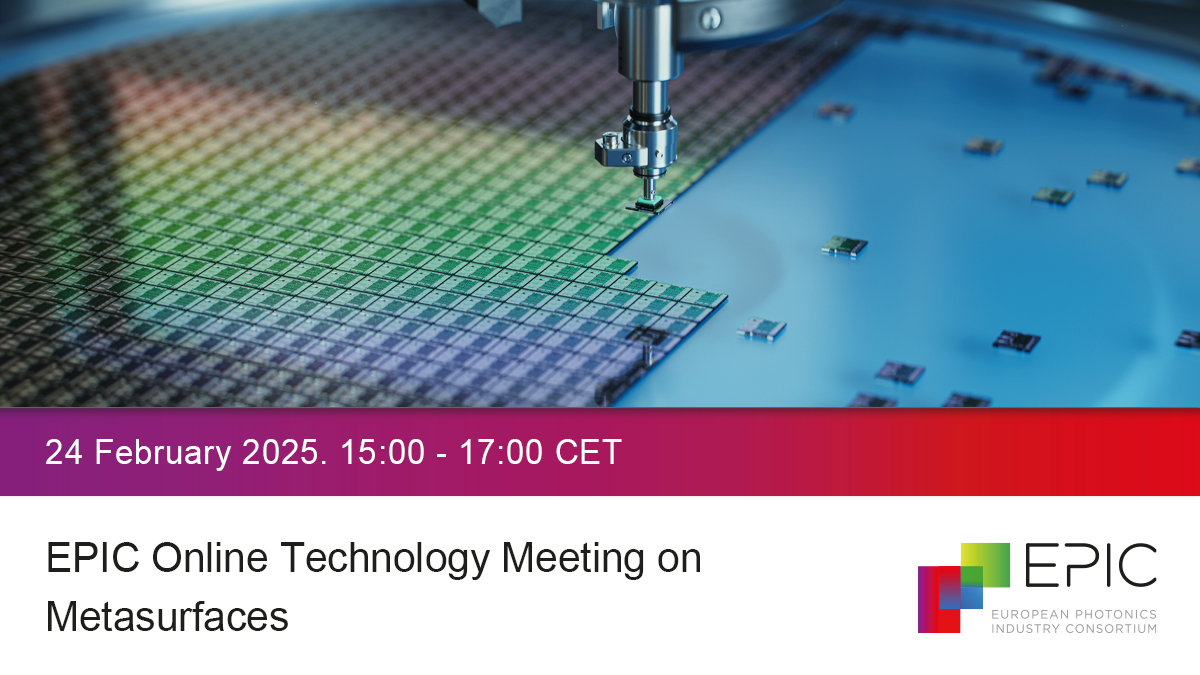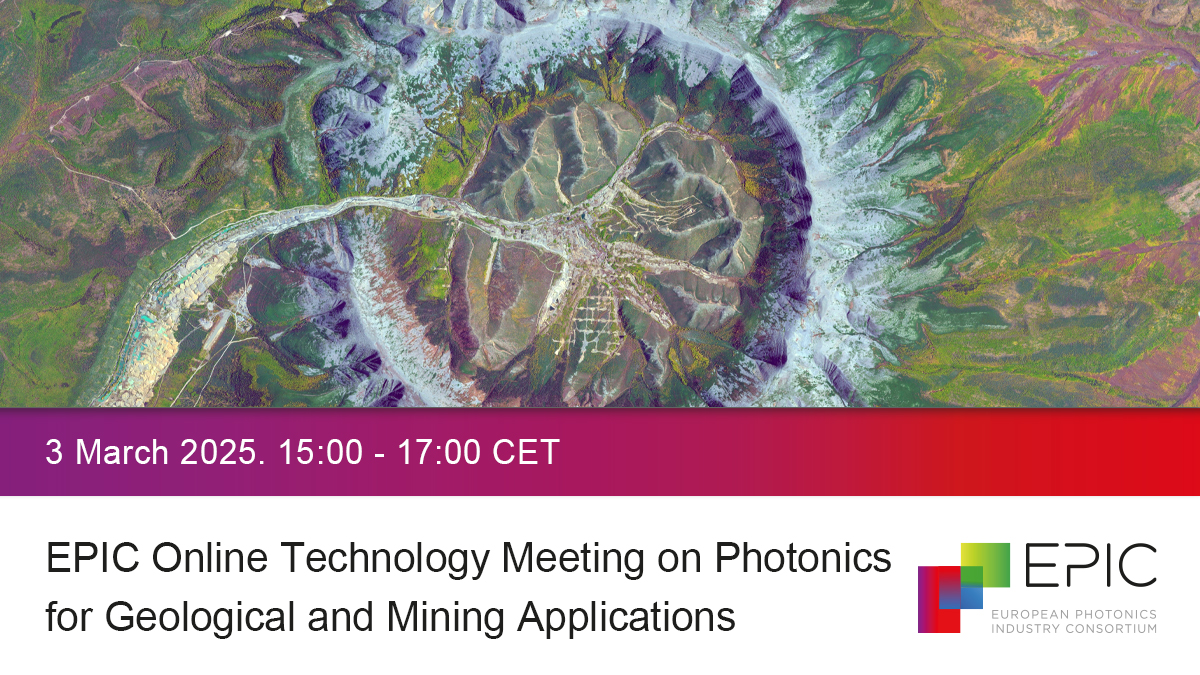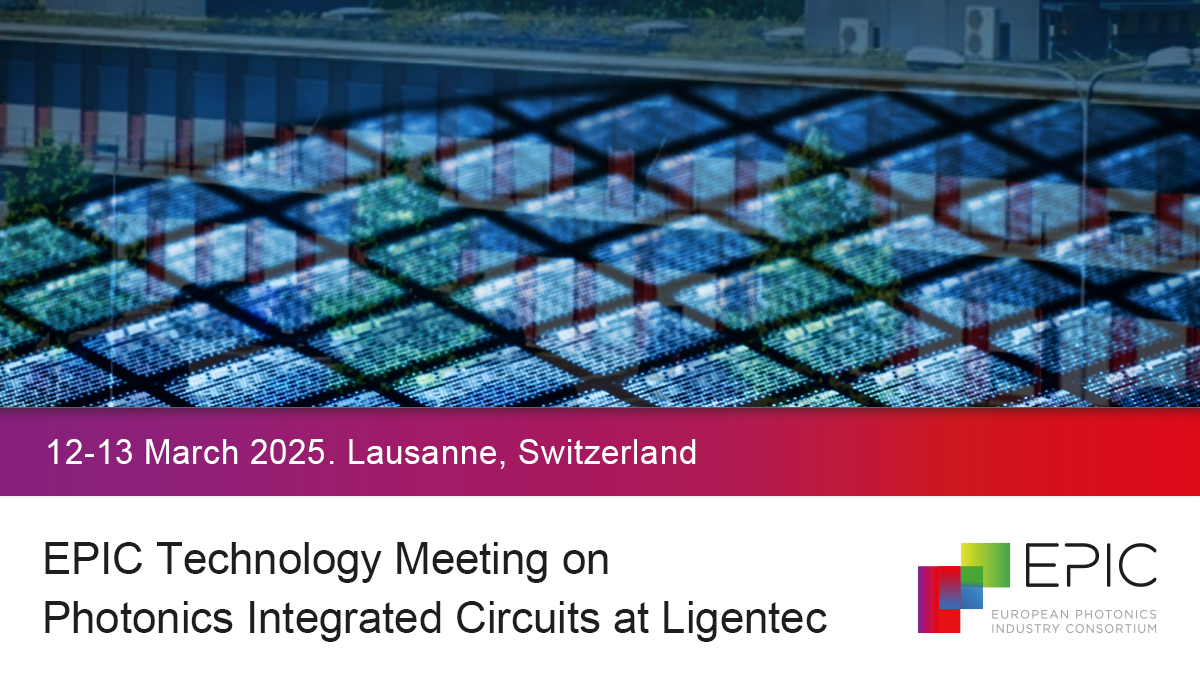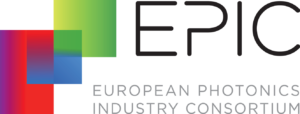Advanced light sources have revolutionized research in many science and technology disciplines. We can define them as facilities which provide intense ultraviolet, visible or X-ray light to scientists for the analysis of materials on the nanoscale at ultrafast time scales, enabling direct observation of the fundamentals of physical and chemical processes and behaviour. These unique tools allow to expand the boundaries of scientific investigations into new materials and living matter and open insights to micro- and nano-structures materials that are not possible to obtain in any other way. Synchrotrons are well known facilities with defined user access programmes for advanced photon science experiments and, in the recent years, free-electron lasers (FELs) and extreme high power lasers have also established themselves as an alternative for scientists to use their powerful beams at different wavelengths.
Different photonics technologies are present in this kind of facilities, both for detection, characterization or manipulation of the light. In this meeting, we will discuss with the whole supply chain the latests developments and the remaining challenges which can be solved with photonic technologies.

